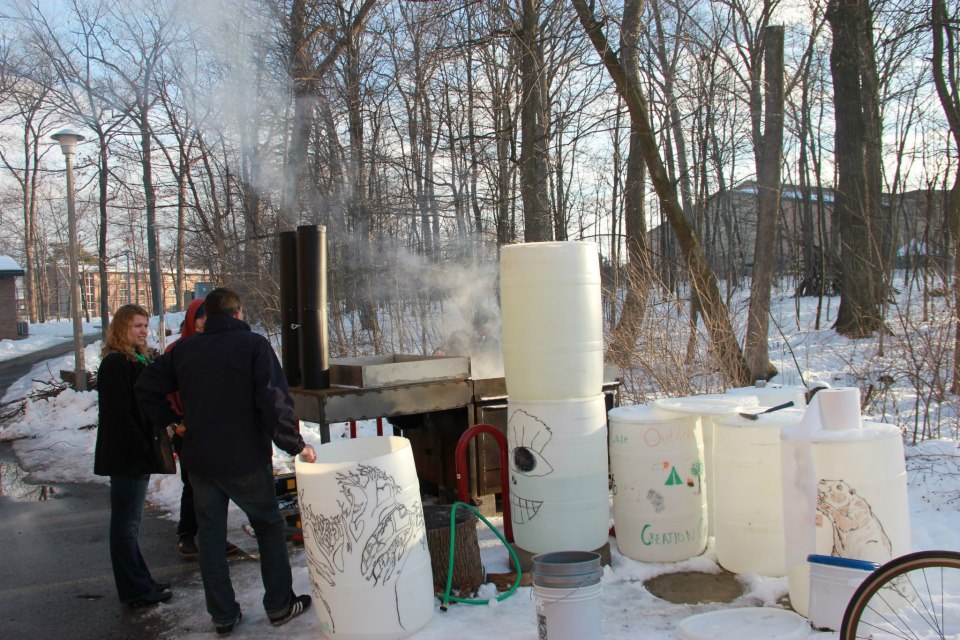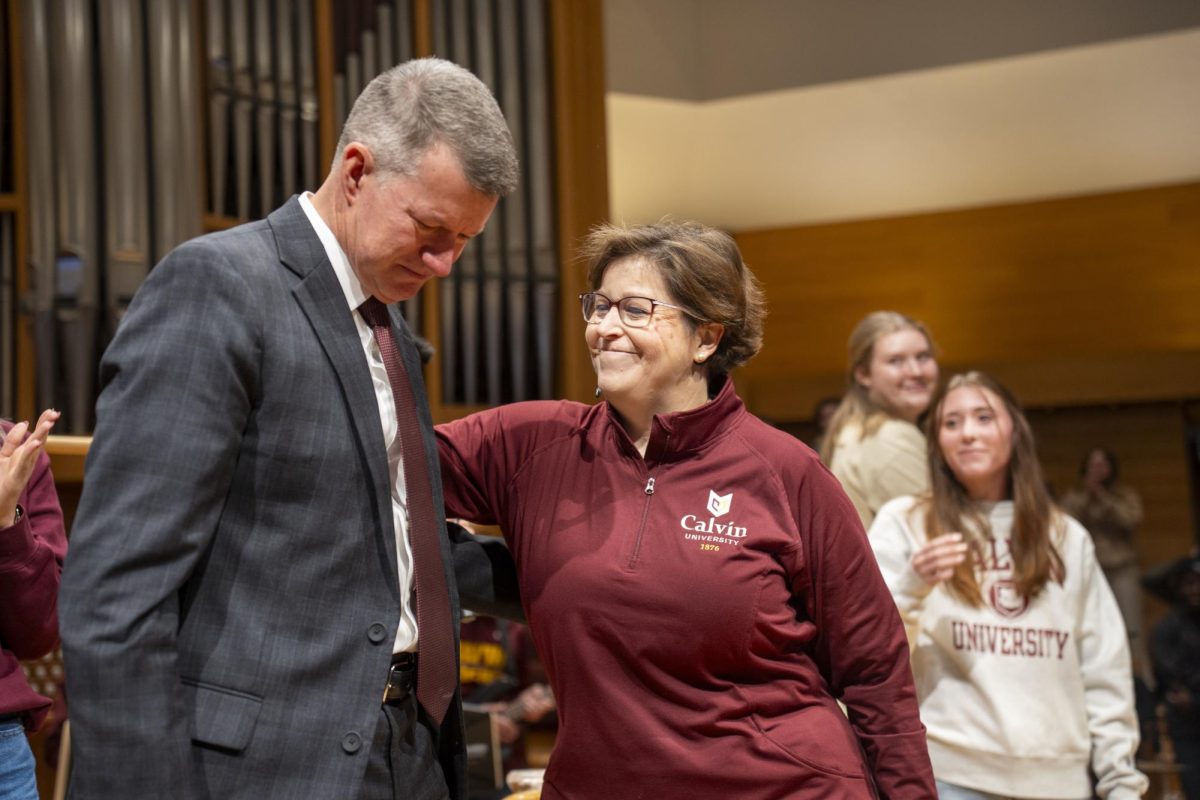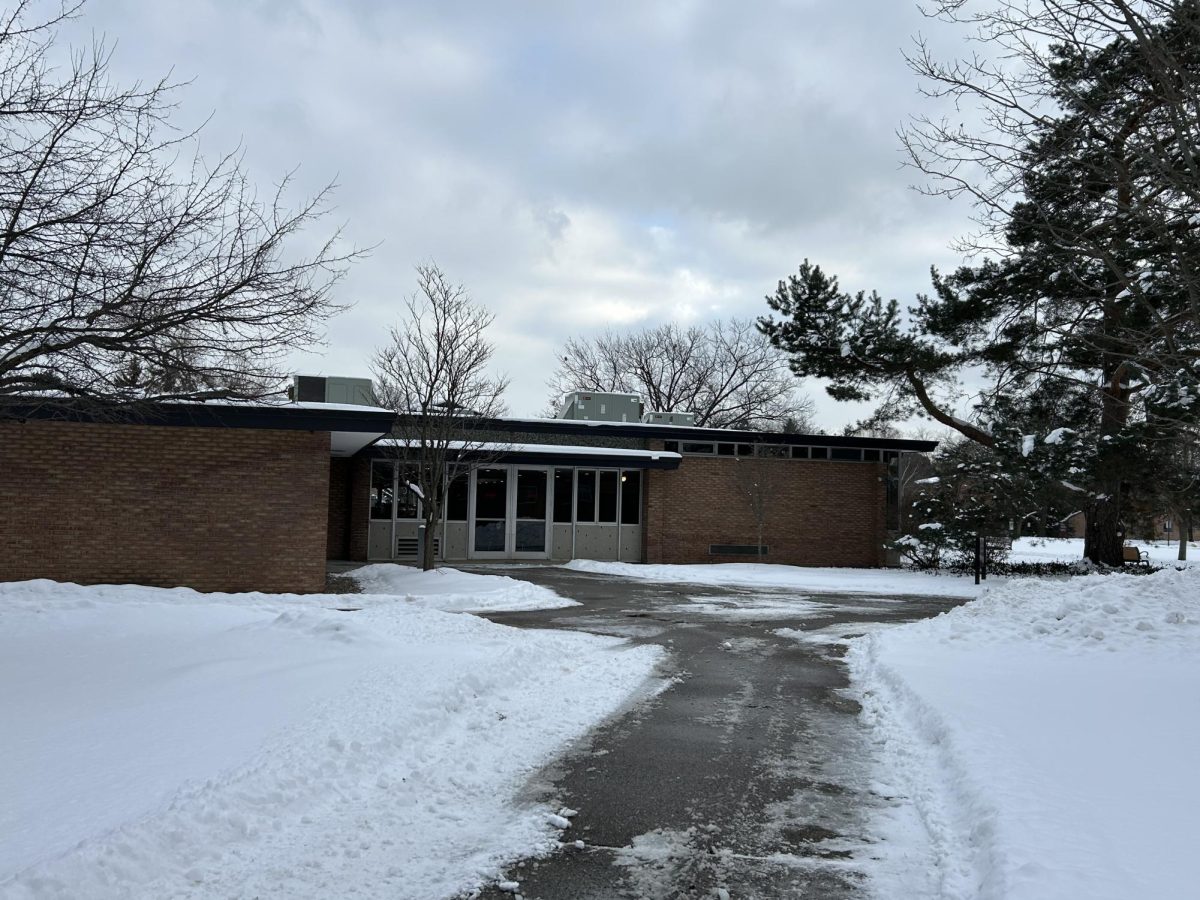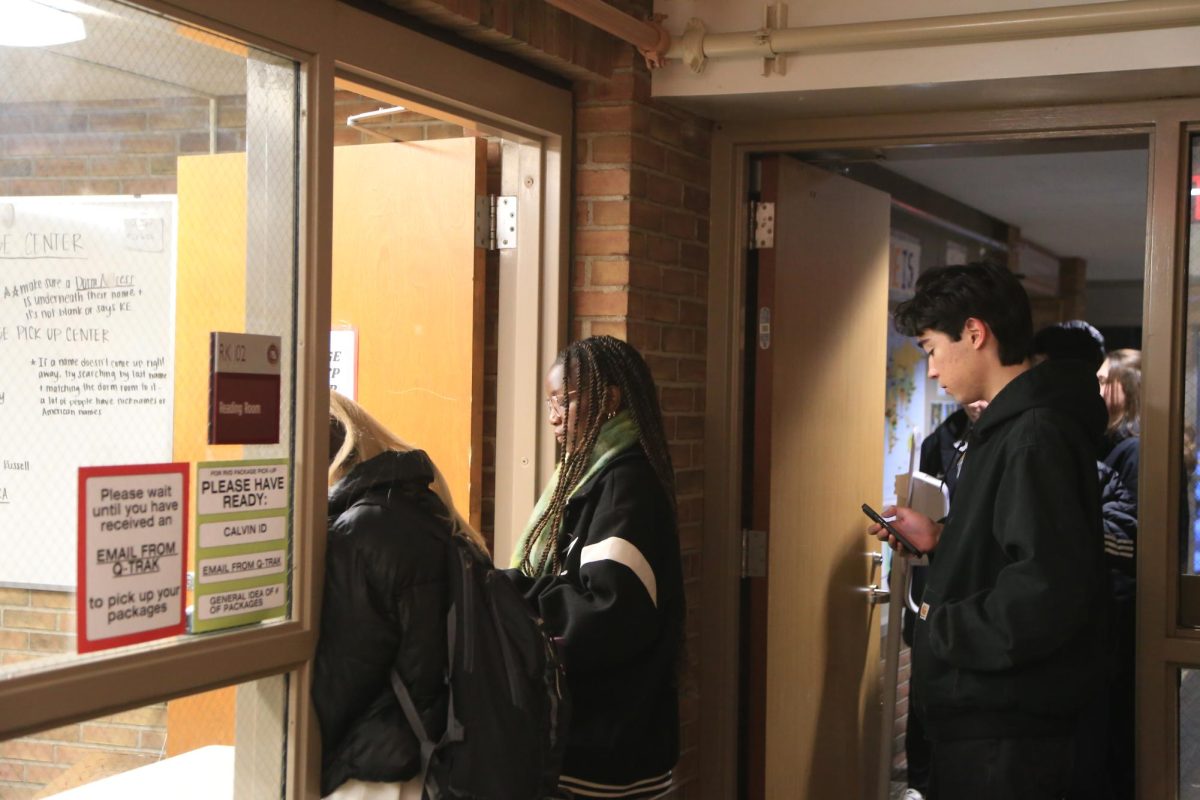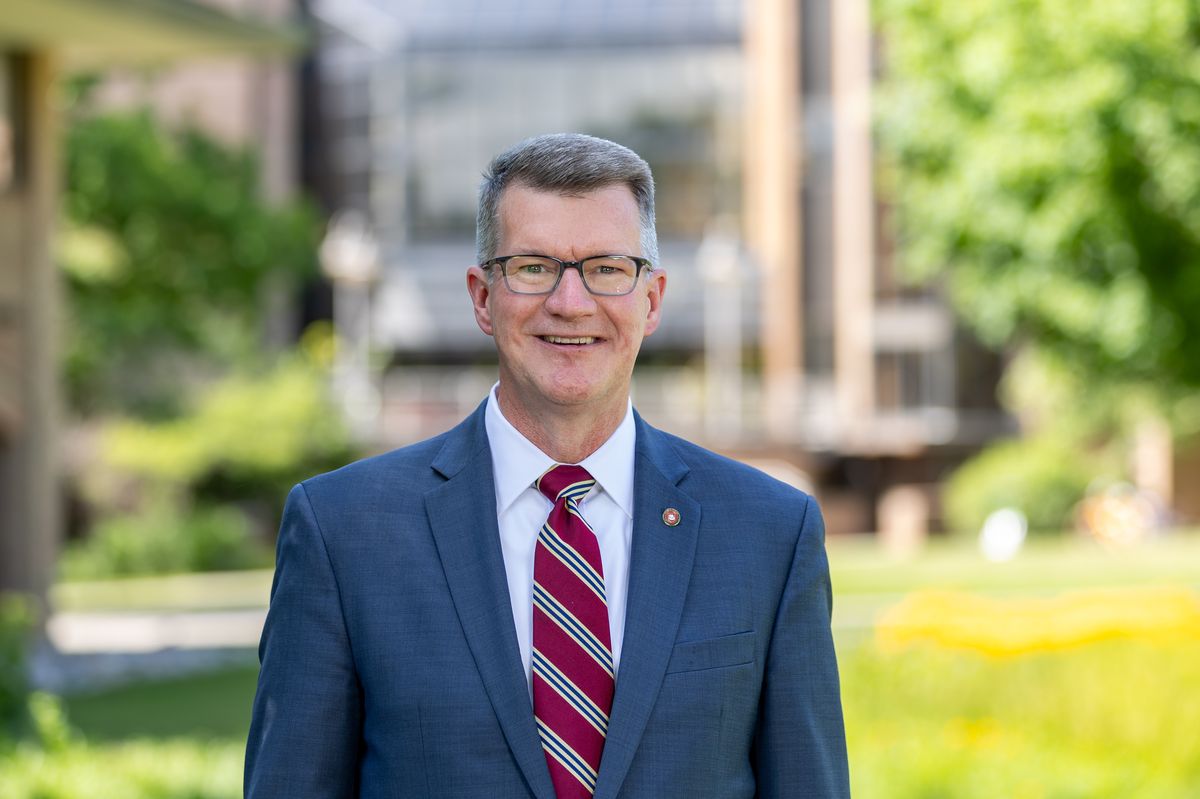This year Calvin’s creation care and outdoor recreation floor embarked on an environmentally sustainable, rewarding and ultimately sweet project — maple syruping. Bottles of maples syrup harvested from Calvin’s own campus are available for $10 in the geology department office.
Rachel Faber, one of the project’s student leaders, estimates 130 gallons of syrup have been harvested, as opposed to 80 gallons last year.
Professor Jamie Skillen of the geology department masterminded the project.
“Maple syruping is awesome,” he says. “The benefit of doing it here on campus is two-fold. First, it is a sustainable use of trees on campus, since you can tap a sugar maple for decades without doing measurable damage, and it is about as local as you can get.”
“Second, it gives students a better sense of how much work and energy goes into maple syrup, avoiding the sense that it just comes from the grocery store.”
The proceeds from the syrup will be used to fund another stewardship project on campus.
“We are currently discussing putting the money into a rain garden project” said Skillen.
Students began tapping the first week when the temperature in the in the upper 30s during the day and the 20s at night.
“Watching the weather is important,” explains Faber. “The change in temperature makes the sap move up through the tree more quickly.”
Students tapped the tree by drilling holes and placing 5/16th-inch tap tubes in the trees that dripped into five-gallon buckets.
Sarah Hofman, another student leader, explains what happens in a tapped tree: “In the fall, maple trees store nutrients made by photosynthesis from their leaves in their roots. In the spring, the trees start to bring the stored sugars back up their trunks to begin making leaves and start the process of photosynthesis again. When you tap a sugar maple, you are gathering a tiny fraction of this sap.”
Sap is 3 percent sugar and 97 percent water, so the sap needs to be boiled down significantly. “When the sap has boiled down to about 66 percent sugar and 34 percent water — it’s syrup! We bottle it, slap a sticker on it and admire,” says Hofman.
The students boil the sap in an evaporator — a giant pan on top of a boiler — that can hold 55 gallons of liquid.
The evaporator was made by Calvin from materials the campus didn’t need anymore. By using wood as an energy source to boil the sap, the project is almost entirely solar powered,” adds Hofman. “How cool is that? It’s like liquid sunlight!”
It takes 30 to 35 gallons of water to get one gallon of syrup; it takes about 24 hours to make one batch of syrup. “Students begin the evaporation process at 5 p.m. on Friday take turns being in charge of the boiler until 3 a.m. to 5 a.m.” said Faber.
This year’s maple syruping has certainly been a success.
“We plan on continuing for the foreseeable future,” Faber said. “It’s a cool way to see what the environment can do for us without us hurting it.”
Skillen believes students get a real satisfaction in project that has such a unique finished project and that maple syruping provides “a good balance to the students’ regular academic work.”
“One of the biggest benefits I can see in a maple syrup project is allowing students to be fascinated by creation and giving them opportunity to experience that awe firsthand,” Hofman adds.




